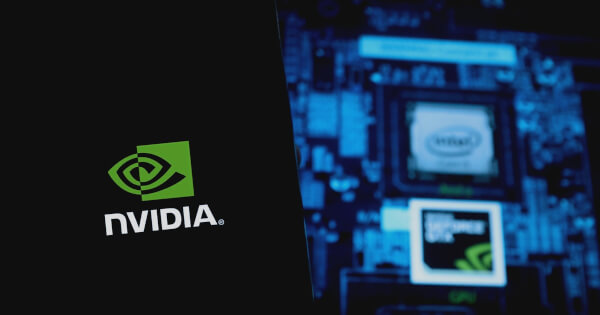Louisa Crawford
8 Aug 2024 16:58
NVIDIA explores how to optimize GPU performance by reducing instruction cache misses, focusing on genomics workloads using the Smith-Waterman algorithm.
GPUs are designed to process massive amounts of data quickly, and are equipped with computing resources known as streaming multiprocessors (SMs) and various facilities to ensure a steady flow of data. Despite these capabilities, data starvation can still occur, which can lead to performance bottlenecks. According to the NVIDIA Technology Blog, recent research has highlighted the impact of instruction cache misses on GPU performance, especially in genomics workload scenarios.
Problem recognition
The investigation focused on a genomics application that leverages the Smith-Waterman algorithm to align DNA samples with a reference genome. When run on NVIDIA H100 Hopper GPUs, the application initially showed promising performance. However, NVIDIA Nsight Compute tools revealed that the SM occasionally experienced data starvation due to instruction cache misses, not lack of data.
Workloads consisting of numerous small problems resulted in an uneven distribution across SMs, with some experiencing idle periods while others continued processing. This imbalance, known as the tail effect, became especially noticeable as workload size increased, leading to significant instruction cache misses and performance degradation.
Solution for tail effect
To mitigate the tail effect, the study suggested increasing the workload size. However, this approach led to unexpected performance degradation. The NVIDIA Nsight Compute report pointed out that the main problem was the rapid increase in warp stalls due to instruction cache misses. The SM could not fetch instructions fast enough, resulting in delays.
The instruction cache, which is designed to store fetched instructions near the SM, becomes overloaded as the number of instructions required increases with the workload size. This happens because warps, or groups of threads, move away from execution over time, resulting in a diverse set of instructions that the cache cannot accommodate.
Troubleshooting
The key to solving this problem lies in reducing the overall instruction footprint, and in particular in tuning loop unrolling in the code. Loop unrolling is beneficial for performance optimization, but it increases the number of instructions and register usage, potentially exacerbating cache pressure.
This study experimented with different levels of loop unrolling for the outermost two loops in the kernel. Results showed that the best performance was achieved by unrolling the two-level loop by a factor of 2 while avoiding minimal unrolling, especially top-level loop unrolling. This approach balanced performance across a range of workload sizes by reducing instruction cache misses and improving warp occupancy.
Further analysis from the NVIDIA Nsight Compute report confirmed that reducing the instruction memory footprint in the hottest parts of the code significantly alleviates instruction cache pressure. This optimized approach improved overall GPU performance, especially for large workloads.
conclusion
Instruction cache misses can have a significant impact on GPU performance, especially for workloads with large instruction footprints. By experimenting with different compiler hints and loop unrolling strategies, developers can reduce instruction cache pressure and improve warp occupancy to achieve optimal code performance.
For more information, visit the NVIDIA Technology Blog.
Image source: Shutterstock

